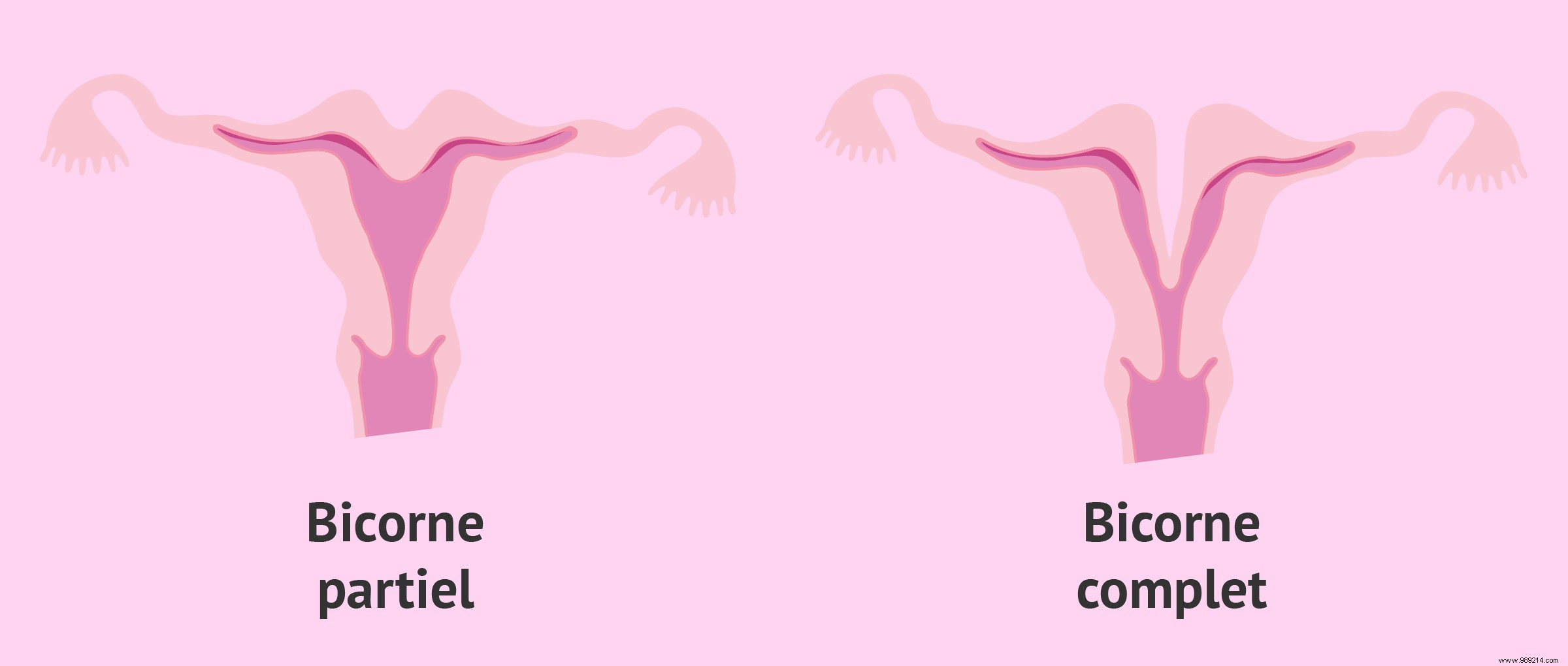British doctors have recently faced an extremely rare case. Indeed, a young woman pregnant with four children has two wombs! In other words, the patient is pregnant with two sets of twins.
Briton Kelly Fairhurst (28) was already a mother of two when she heard the incredible news. Not only does she learn that she is pregnant with four children, but it is also two sets of twins. The story, revealed by The Sun on June 25, 2020, explains that an ultrasound performed at the twelfth week of pregnancy confirmed this "configuration". Remember the fact that being pregnant with quadruplets is already far from common. In contrast, having two wombs and being pregnant with two sets of babies is extremely rare. Doctors told Kelly Fairhurst there was a one in 50 million chance let it happen!
This incredible fact has its origin in an anomaly called bicornuate uterus . It is a common birth defect characterized by a heart-shaped uterus. Two cases can then arise, namely a uterus with two distinct cavities or a uterus with partially separated cavities.

The fact is, Kelly Fairhurst's uterus has two separate cavities . The woman says that after giving birth to her second child, the doctors explained to her the presence of a bicornuate uterus whose formation was not complete. When the young woman learned that she was pregnant with four children in her two wombs, the surprise was obviously enormous.
The bicornuate uterus can be a source of major complications (miscarriage, premature birth). This is because the uterus is often smaller and more elongated than normal. The first two children of Kelly Fairhurst were also born prematurely, with 6 and 8 weeks in advance. In the meantime, doctors do not yet know if the pregnancy can be carried to term. If so, no one knows whether the newborns will arrive in one go or two either.
Furthermore, it is currently impossible to know whether pairs of twins are identical twins or not . At a very early stage of development, eggs and sperm can split into two. So it all depends on how things happened, which egg bound to which uterus.